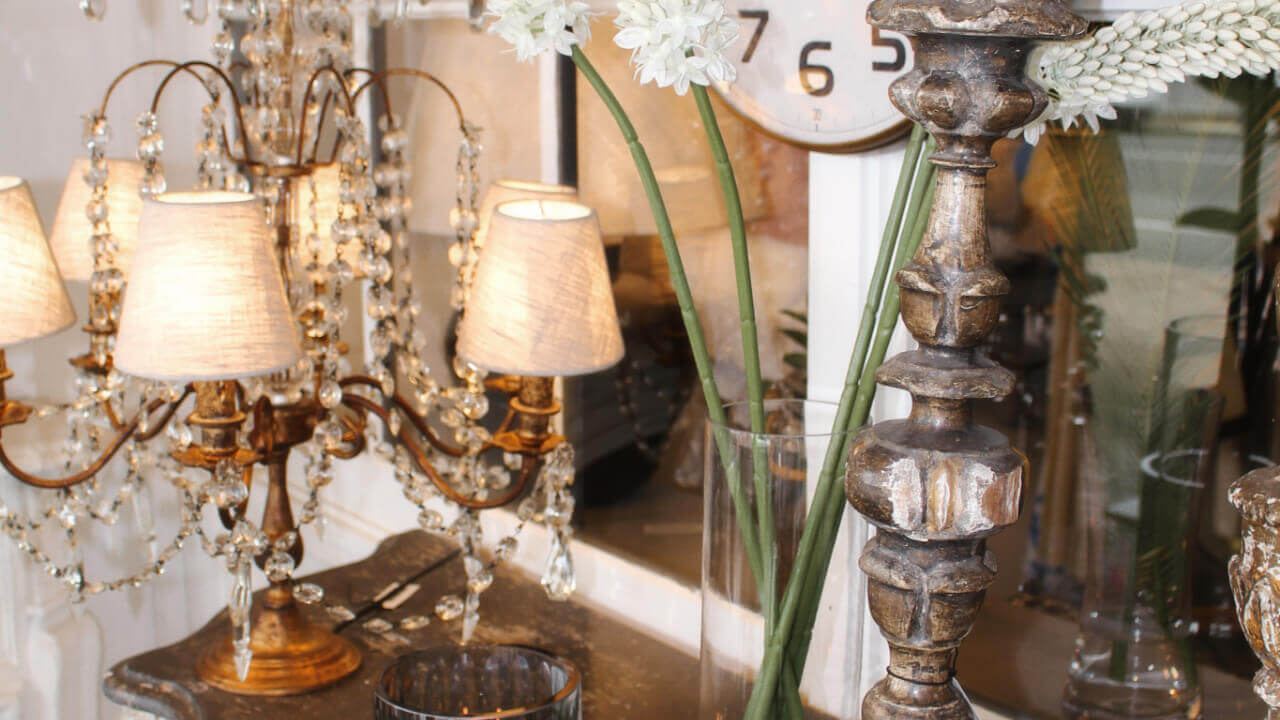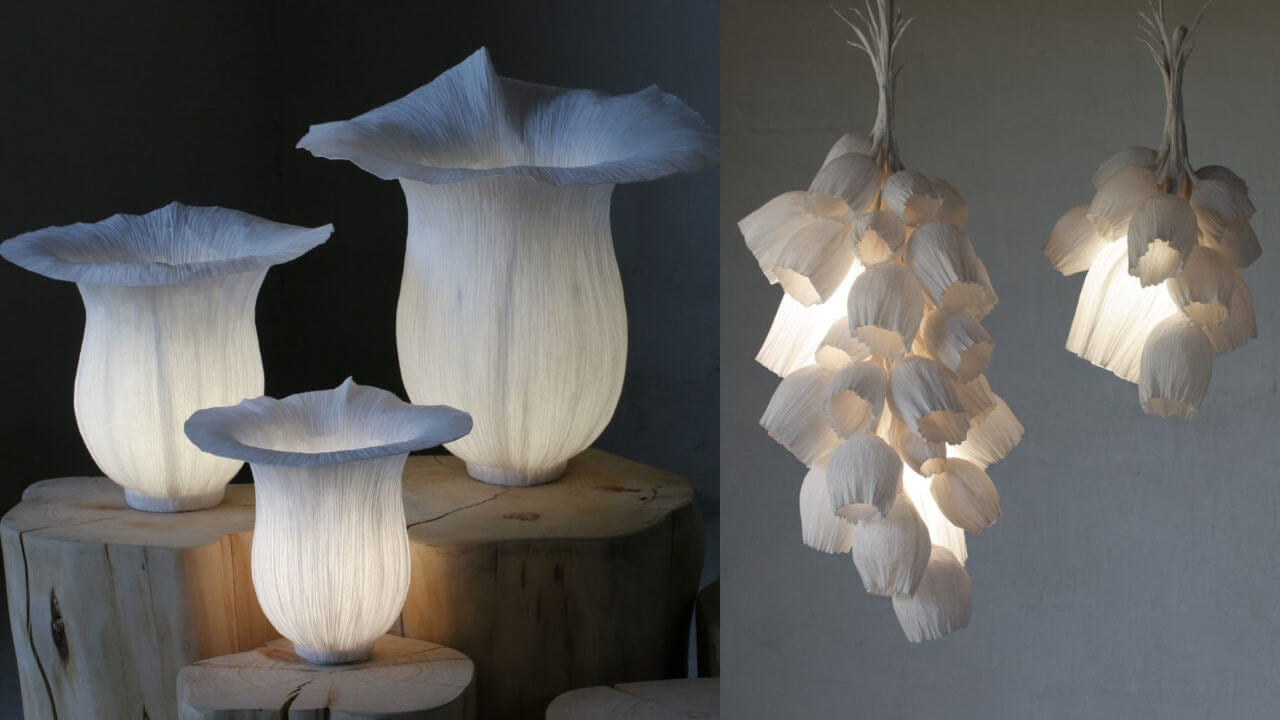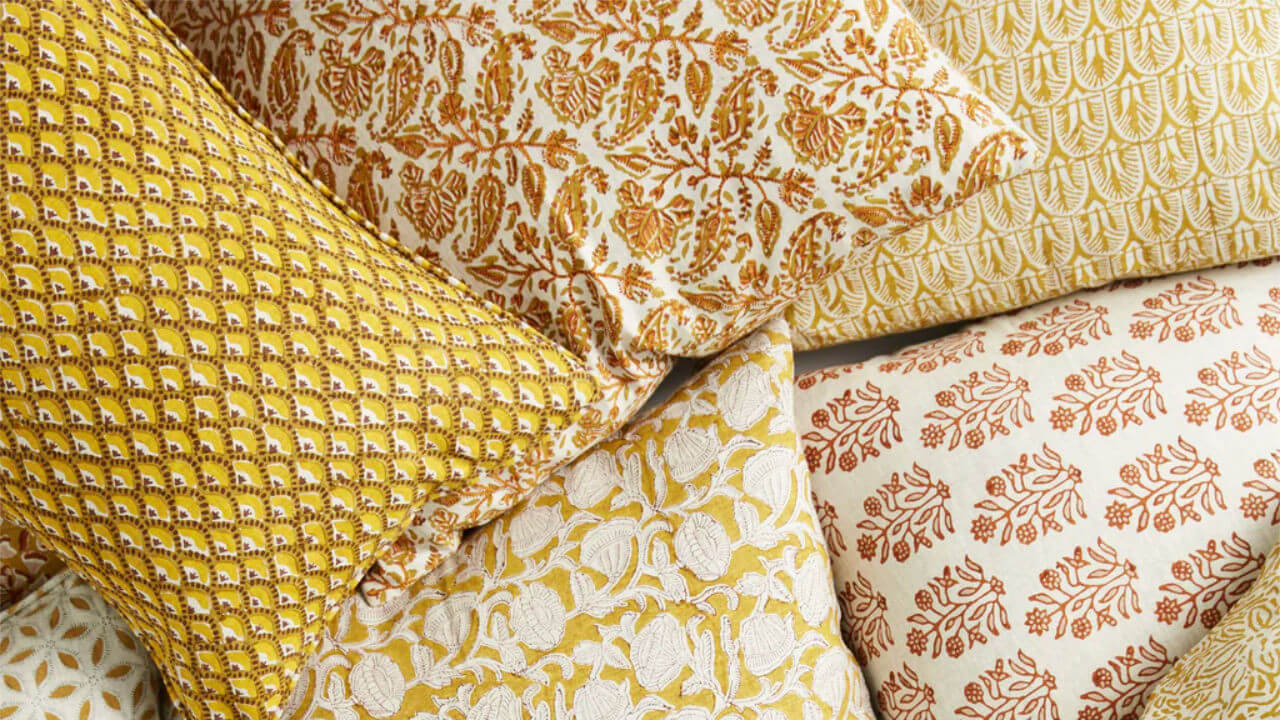- What does "beauty" encompass?
- What constitutes these "details"?
- And why is it crucial to give careful consideration to interior styling principles when creating a home you love?
SHOP THE COLLECTION

Interior Styling Tip #1
Look for the Details: What does "the beauty is in the detail" mean?
"In the world of architecture and design, it is usually assumed that beauty is in the eye of the beholder. However, scientists now know that some aesthetic preferences have a biological basis." - Aenne Brielmann
In the context of interior design, the phrase "beauty is in the detail" means that the overall aesthetic appeal and quality of a space are often determined by the careful attention given to small, intricate, and sometimes overlooked elements within the design.
These details are what can make a room feel cohesive, polished, and well-thought-out. Paying close attention to the finer details of a room, such as the choice of decorative mouldings, hardware, textiles, lighting fixtures, scale and proportion, and even the placement of decorative items, can significantly enhance the overall look and feel of the space.
"The beauty is in the detail" is about going beyond the basics of furniture and paint colours and considering how every element within a room contributes to the overall design and atmosphere.
So, what factors should we consider when styling our homes to ensure that they are not only functional but also "beautiful"?
Photo Source: Suzie Anderson Home

Photo Source: Pure Salt Interiors
Photo Source: Architectural Digest
“Even buildings using modern materials can be sealed as classical by the tiniest illusive gestures from the repertoire of antiquity” - John Summerson
Interior Styling Tip #2
Beauty in Classical Architecture
Famously known for his treatise on architecture, the Italian architect and author, Leon Battista Alberti (1404-1472 CE) documented what he considered the defining principles of classical architecture.
These included the stability and usefulness of a building, the aesthetic and mathematical elements of lines, angles, and proportions, and beauty and ornamentation.
In his view, beauty is the result of symmetry, fractals, the golden ratio, and the added touch of surprise. It is the innate harmony seen in well-proportioned buildings, whereas ornament is the added brightness and embellishment, such as the placement of sculpture or art on a building.
Photo Source: Charles Hilton Architects
The question is, what impact does the combination of beauty and ornamentation have on humans?
Studies looking at the correlation between beauty and happiness found that living in an aesthetically beautiful city has a major impact on well-being, cognitive function, and happiness ratings.
Unfortunately, with the rise of urbanisation, and the prevalence of high-rise apartment buildings dominating major cities, beautification and ornamentation is no longer the main consideration for these new developments.
However, regardless of your style of home or location, there are still small ways you can introduce classic elements of beauty and ornamentation into your own home to evoke character, intrigue, and elegance.
For more ideas, we recommend watching our Classical Interior Design series, here, or you can watch part 1 below.
Beauty in Pattern Recognition
Interior Styling Tip #3
Fractals
Fractal patterns are deeply rooted in the natural world and refer to self-replicating patterns that exhibit the intricate and complex structures found in nature.
Studies employing eye-tracking have found humans are innately drawn to fractal patterns in architecture. The closer a façade aligns with fractal patterns, the longer our gaze lingers upon it. For example, fractal patterns can be observed in a tree—the branching structure mimics the form of the entire tree, and the sub-branches mirror the primary branches.
Photo Source: Feldman Architects
Actionable Styling Tip:
-
Infuse vitality into your home by incorporating living energy and motifs inspired by the fractals found in nature.
-
This may be in the form of artwork, botanical prints, wallpaper, soft furnishings, or plants with clear fractal-like patterns, such as ferns or succulents. There have even been companies that have developed carpet planks called relaxing floors that are a culmination of art, science, and human-centered design, based on fractal patterns.
Photo Source: Architectural Digest
Photo Source: London Architects
Interior Styling Tip #4
Symmetry
Symmetry is the language of nature and signifies harmony and balance in the natural world.
Studies have found that familiarity breeds preference. Due to the ubiquitous presence of flora and fauna, humans are wired to like things that look balanced and even. Because our brains are used to seeing balance in nature, we are naturally drawn to symmetry in architecture and design.
The symmetry in nature was often a sign that those things were healthy and strong, which signified safety and put us at ease.
Actionable Styling Tip:
Seek opportunities for symmetry in your own home. This could be by framing your entryway with symmetrical planter boxes and wall sconces or curating symmetrical decorative arrangements on your mantel or console, and through your architectural details, and ornamentation.
Photo Source: Coleman Architecture
Interior Styling Tip #5
Smoothness & Curvature
In addition to our preference for fractals and symmetry, studies have shown that humans have a preference for high contrast over low contrast and smoothness over angularity.
Actionable Styling Tip:
Ideas for incorporating smoothness and curvature into your home include:
-
Curved Furniture: Invest in furniture pieces with rounded edges and soft curves. Consider a circular dining table, a sofa with gently curved arms, or even a round coffee table. These elements can create a more welcoming and comfortable atmosphere.
-
Small Architectural Details: Incorporate architectural elements with curves and arches. Examples include arched doorways and windows, a recessed wall niche, decorative friezes, or a spiral staircase.
-
Artwork: Select artwork that features smooth lines and curvaceous forms. Paintings or sculptures that showcase natural curves or abstract shapes can also enhance the overall aesthetic of your interior.
-
Mirrors: Choose mirrors with curved, organically shaped, or scalloped frames. Mirrors not only add depth to a room but also reflect light and create a sense of spaciousness. A curvy mirror frame can be an eye-catching focal point.
Photo Source: Chango and Co
Photo Source: Intimate Living Interiors
-
Lighting Fixtures: Explore lighting fixtures with curved designs. Pendant lights with spherical shades or table lamps with curvy bases can cast a warm and inviting glow while contributing to the overall design scheme.
-
Rugs: Choose rugs with circular or oval shapes. Placing a round rug under a dining table or in the center of a seating area can define spaces and add visual interest.
-
Decorative Accessories: Opt for decor items with smooth textures and shapes. Items like ceramic vases, rounded candle holders, or decorative bowls can introduce curvature and a touch of sophistication to your decor.
-
Nature-Inspired Decor: Consider incorporating elements from nature that feature smoothness and curves. Seashells, driftwood, or river stones can be displayed in decorative arrangements, connecting your interior with the organic world.
Paddy | Black Iron Framed Mirror | 90cmW
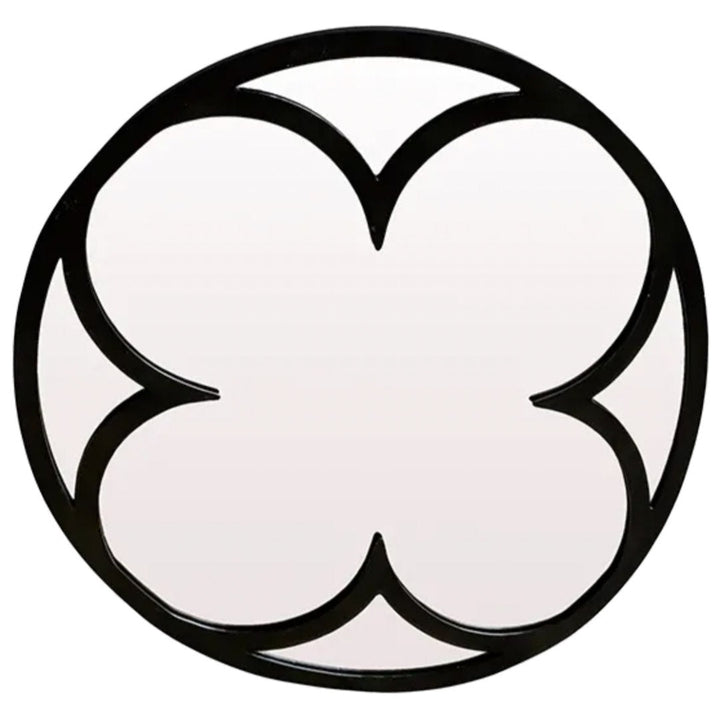
$985.00
For Australia-wide deliveries, a freight quote does apply for this piece. This is not calculated online and will be in addition to your purchase. Shipping & Delivery Options: In-Store Collection: This item can be collected from our Moss Vale store. Freight Quote for… read more
Ravello Etched Tray | Antique Brass | Medium
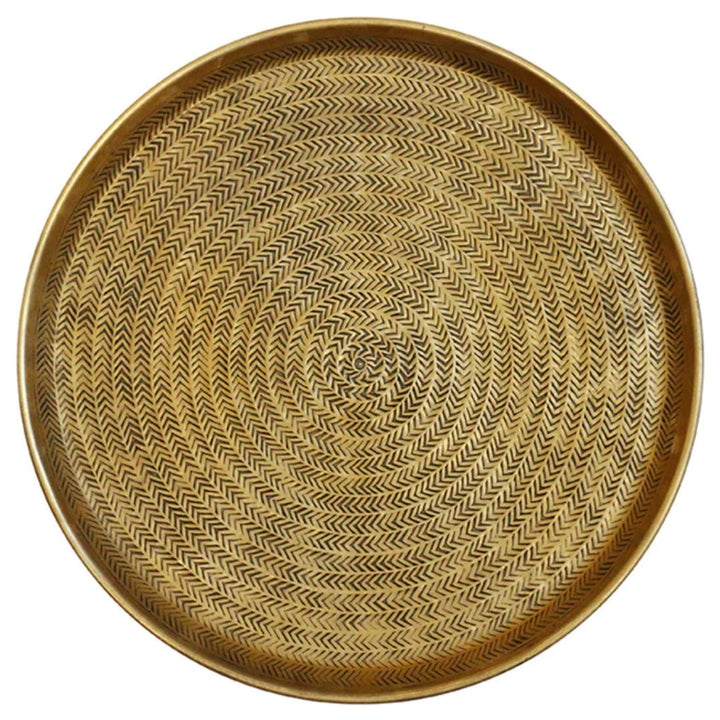
$132.00
Introducing the Ravello Medium Etched Tray in Antique Brass Finish: Elevate your home decor and add a touch of luxury with our Ravello Medium Etched Tray, meticulously designed in a captivating Antique Brass Finish. Crafted from premium aluminum, this tray… read more
Photo Source: Yawn Interior Design
Interior Styling Tip #6
The Allure of Elegance
Elegance, a multifaceted concept is associated with attributes like "refinement," "taste," "fluidity," "harmony," "value," "grace," and "lightness". Elegance persists beyond fleeting trends, embodying timelessness and the beauty that accompanies maturity and age.
Look for ways to introduce elegance throughout your home with antique, unique, and vintage items that offer a sense of history, character, and charm.
For ideas, we recommend watching our video series on Faded Beauty below.
Interior Styling Tip #7
Invest in Brands that Value the Smaller Details
At Suzie Anderson Home, we proudly source products from local, Australian, and International brands that value integrity, craftsmanship, history, and quality, and place emphasis on the smaller details.
A few of the many brands that find beauty in the details include:
The Raconteur
The Raconteur is an artisanal luxury fragrance brand based in Sydney, Australia. Their primary motivation for establishing themselves as a niche natural perfume house stems from their dedication to narrating the tales of Australia's native botanical plants. They believe that natural ingredients offer a greater depth and vibrancy in comparison to their synthetic alternatives.
L'Entrepreneur | Homme | Old Bank Atelier Candle
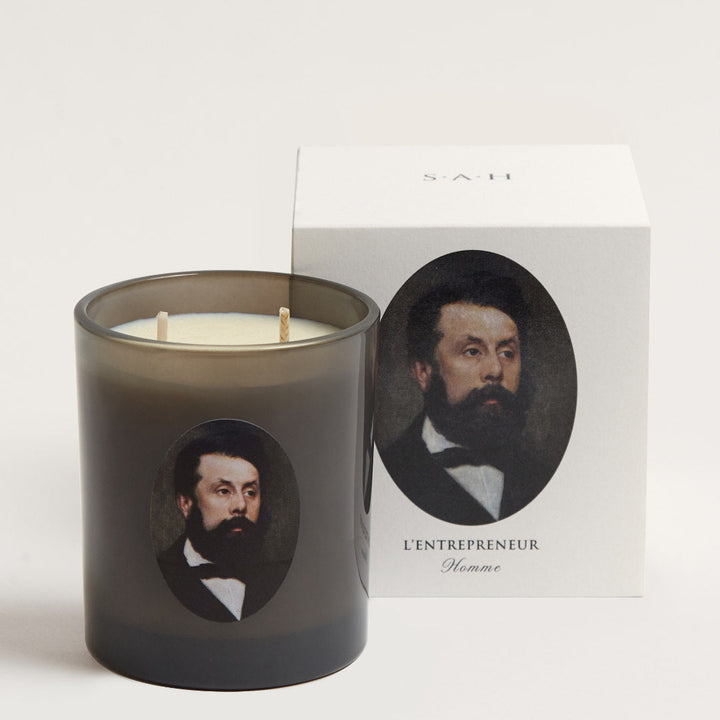
$90.00
In celebration of our passion for Antiques, History and all things European, we have created these SAH Exclusive Candles, L’entrepreneur Homme & L’entrepreneuse Femme. Derived from the French verb 'Entreprendre' meaning 'to undertake', these candles are a salute to entrepreneurial spirit,… read more
L'entrepreneuse | Femme | Old Bank Atelier Candle
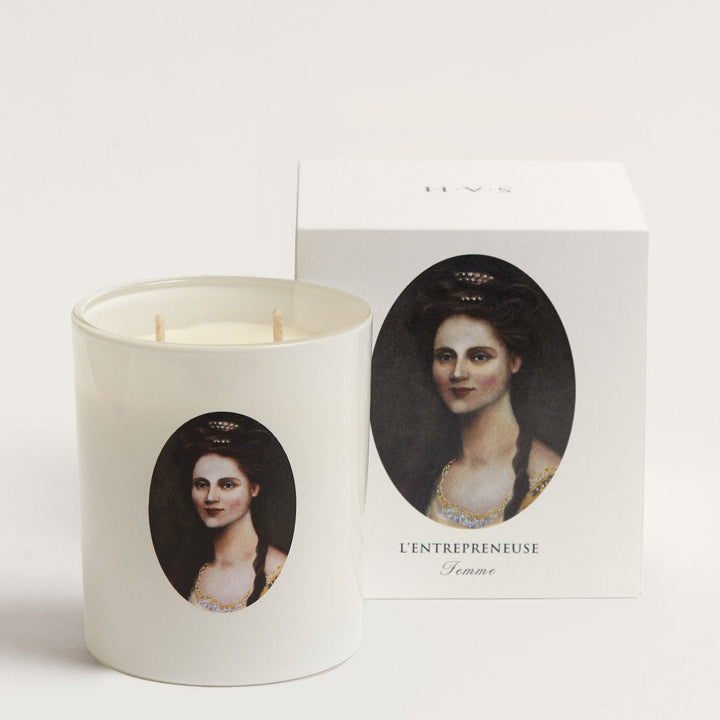
$90.00
In celebration of our passion for Antiques, History and all things European, we have created these SAH Exclusive Candles, L’entrepreneur Homme & L’entrepreneuse Femme. Derived from the French verb 'Entreprendre' meaning 'to undertake', these candles are a salute to entrepreneurial spirit, honouring those who undertake… read more
Bougies la Francaise Dinner & Taper Candles
Our all-time favourite coloured French dinner and taper candles are those by Bougies la Francaise and for good reason.
These French dinner candles are:
- Coloured Through
- Dripless
- Smokeless
- Sulfur Free
- Benzene Free
Annie Sloan Chalk Paint®
Annie Sloan invented her revolutionary furniture paint, Chalk Paint over 25 years ago and hasn't stopped refining and improving her formula since.
Chalk Paint® is a high-quality furniture paint that offers a distinctive old, distressed look. We love the Annie Sloan range of Chalk Paint as it is made from the best-quality ingredients hand-picked by Annie Sloan. It has excellent coverage, and there is no need for sanding or priming.
Rattan Homewares
One of my favourite timeless, durable, and versatile materials, we source our range of rattan homewares, rattan placemats, furniture, and boxes from highly skilled artisans based in Burma and Indonesia.
From the consistency in weave to the stain, and longevity, there is a reason why I have been sourcing rattan from the same makers for the last 10 years.
Round Rattan Placemats | Antique
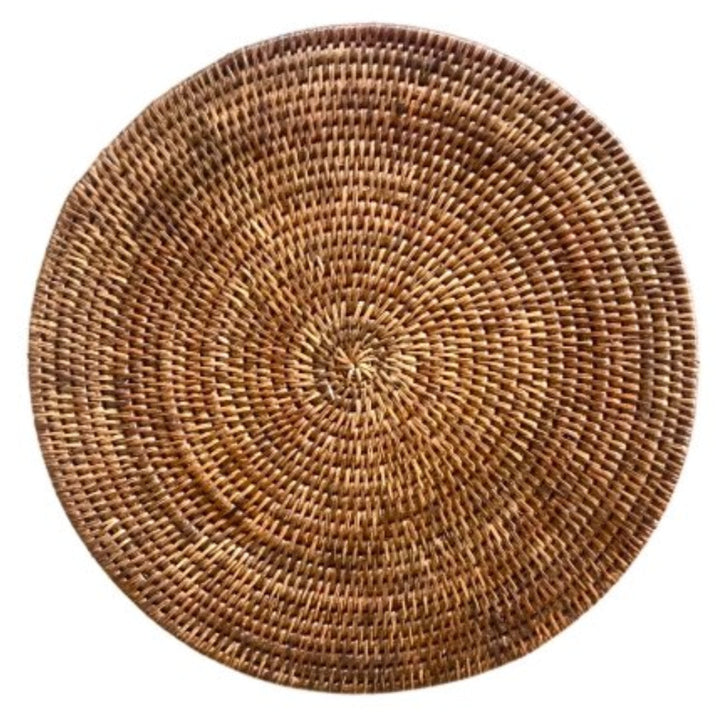
$46.00
Rattan Items Please be aware that rattan is a natural material, so each rattan product is unique. Natural variations are expected and normal, meaning that not all rattan items will have the same colour consistency. You may notice slight differences… read more
Bedside Rattan Tray | Old Grey
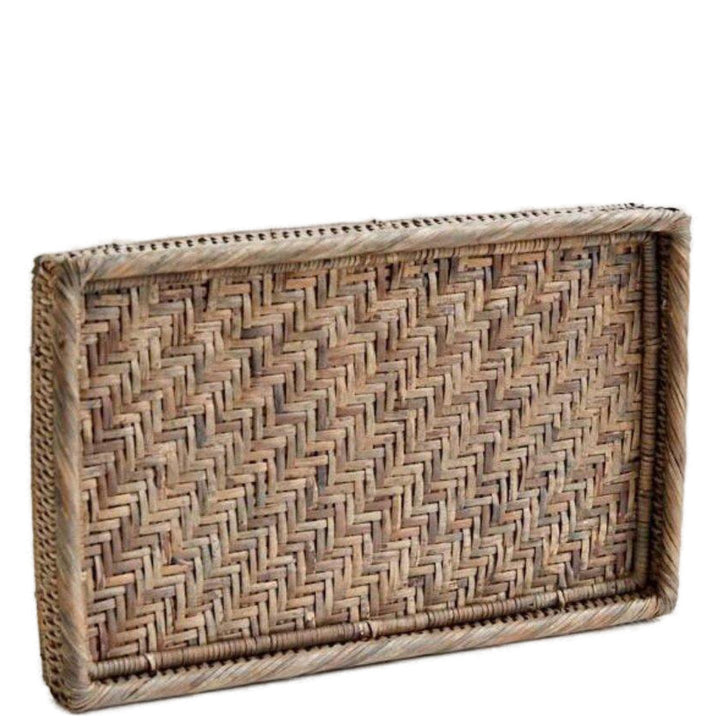
$39.00
Rattan Items Please be aware that rattan is a natural material, so each rattan product is unique. Natural variations are expected and normal, meaning that not all rattan items will have the same colour consistency. You may notice slight differences… read more
The moment we step into a space, we intuit its ambiance—a silent, immediate experience. The space envelopes us, conveying its essence without words. It's an encounter that touches us deeply, whether we consciously will it or not. - Architect Sarah Robinson
Interior Styling Tip #8
Texture and Materials
Your choice of texture and materials plays a pivotal role in shaping your home's overall ambiance.
One study investigated six distinct interior design materials, exploring the emotions evoked by each during a series of interviews. These materials included glass, concrete, stone, brick, wood, and metal.
Photo Source: Symmetry Interior Architectural Design
The results highlighted the different emotional associations for each material within living spaces:
-
Glass: Elicits sensations of dynamism, fragility, transparency, smoothness, lightness, simplicity, and solitude.
-
Stone: Evokes feelings of rigidity, weightiness, and complexity.
-
Concrete: Conveys a sense of stability, strength, opacity, and permanence.
-
Brick: Associated with nostalgia, tradition, and roughness, offering warmth and durability.
-
Metal: Conjures feelings of coldness, artificiality, and modernity, reflecting the fusion of urban industrial design.
-
Wood: Radiates warmth, naturalness, beauty, tranquility, and flexibility.
The diversity of textures and materials that you select for your home can serve as storytellers, shaping the overall ambience of your home, influencing emotions, and shaping your perception of "home".
Photo Source: Timber Trail Development Company

Sources:
Thumbnail: Balto Design


